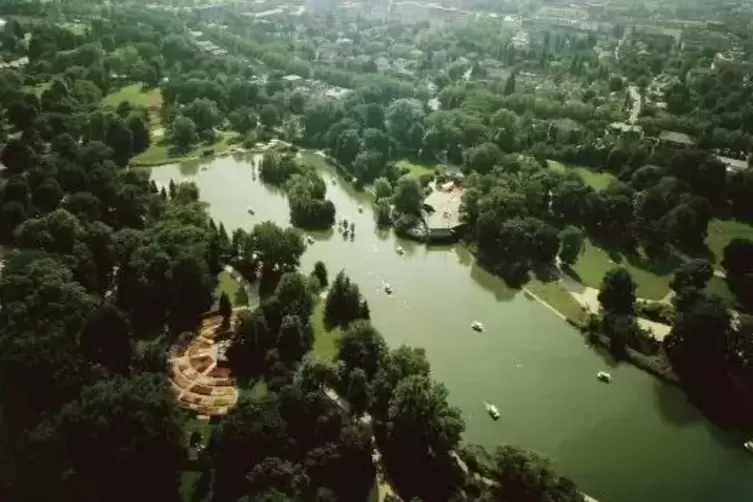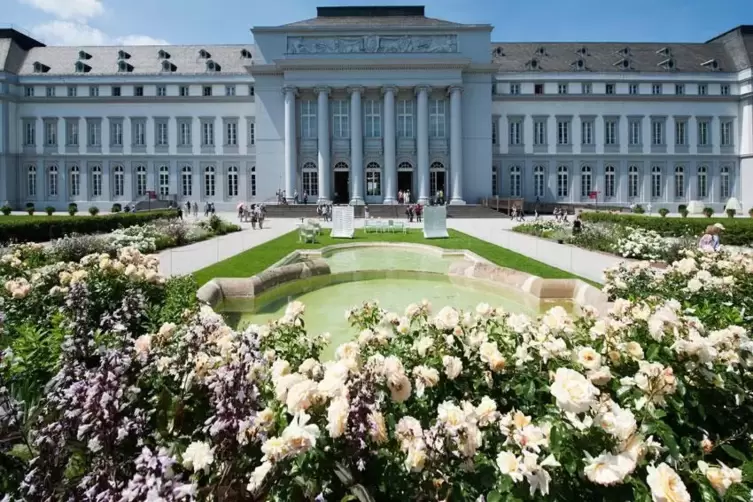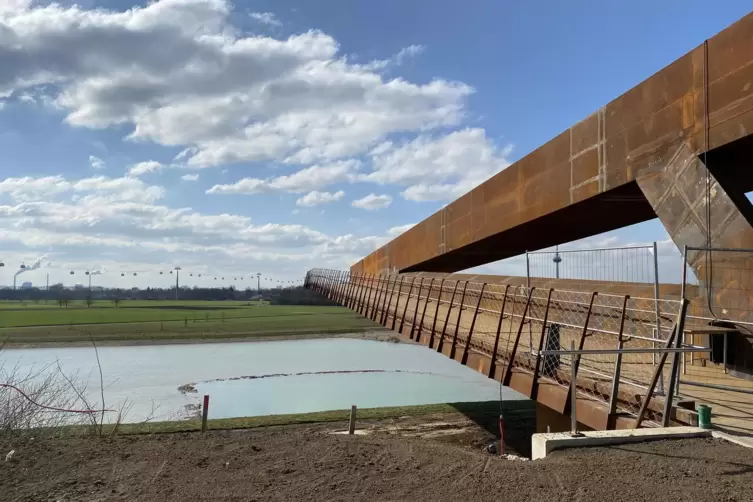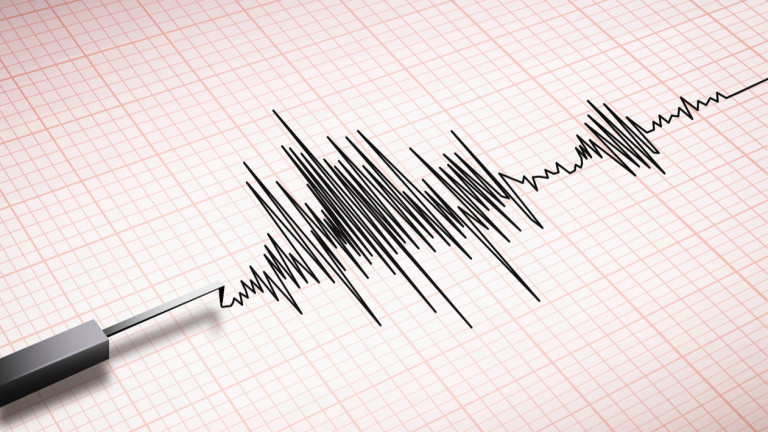Where did the first Federal Horticultural Show take place?
The first Federal Horticultural Show took place in Hanover in 1951. “Back then, it was about restoring green areas after the war and the post-war period,” explains Jochen Sandner, Managing Director of German Federal Horticultural Show Society (DBG). From this a regularity developed that has endured to this day. However, the Hanover Garden Show was also a platform for German horticulture to be able to present new products and different garden styles. Even before 1951, there were so-called Reich Garden Shows at different locations, but at irregular intervals, says Sandner.
Why are federal garden shows organized?
According to Sandner, the federal horticultural shows have two modes of action: On the one hand, they serve as exhibitions for German horticulture and, on the other hand, as an instrument for investments in the respective cities. “The shows initiate development processes in very different areas, be it sustainability, infrastructure, living space or general urban planning,” says Sandner. A federal garden show always has a benefit for the city that goes beyond the six-month event. The greening and renaturation of the cities as well as new green spaces that will remain in the long term were part of this. “We award a sustainability prize for former Federal Horticultural Show sites where the operators have not only managed to keep the parks as green spaces, but also to manage them in a particularly sustainable manner,” says Sandner.
How often does the Federal Horticultural Show take place?
A federal garden show takes place every two years. “The shows are always associated with a great deal of effort,” Sandner points out. Organizing and implementing an event of this magnitude every year would be too ambitious. That’s why the event has probably leveled off at the two-year rhythm, Sandner suspects.

How much does a federal garden show cost and how is it financed?
“There are two types of budget for the federal garden shows,” says Sandner. One of them is for investment, the other for implementation. “The investment budget is usually in the two to three-digit million range,” he explains. This amount is financed by various subsidies, for example by the respective state government, and the municipalities also take on a part. Around 50 to 60 million euros are spent at the Bugas for the event itself. “A large part of this money comes from the income from the Federal Horticultural Show, for example from admission. The municipalities take care of the rest,” says the DBG managing director.
How is it decided where the next Federal Horticultural Show will take place?
As the licensor, the German Federal Horticultural Show Society decides on the locations of the events. “We also have the organizational know-how to plan the garden shows together with the municipalities,” says Sandner. The cities would apply to them with their concept. On the basis of a feasibility study and according to defined criteria, which, for example, take into account a sustainable urban development process, a decision will then be made as to where the next Bugas will be built. The regional distribution across Germany will be kept in mind, “but it is not a selection criterion,” emphasizes Sandner. A great concept would not be rejected just because there had only been a federal garden show in the area.

All articles and information on the Federal Horticultural Show 2023
How long is the preparation time from the decision to the planning and implementation of a Buga?
On average, it takes ten to 15 years to realize a national garden show. “We spoke to Mannheim about Buga23 for the first time in 2011, twelve years ago,” says Sandner. At the same time, the planning for the International Garden Exhibition (IGA) in the Ruhr Metropolis in 2027 is already underway. The planning competitions for the Federal Garden Show 2029 in the Upper Middle Rhine Valley are also to be announced this year. The Buga in Rostock, originally planned for 2025, was canceled by the city last year. It is currently still unclear what will happen between 2023 and 2027 in terms of the Federal Garden Show. In the short time, however, no complete Buga will be able to be set up, as a press spokeswoman for the DBG announced.
What is the difference between a state garden show and a federal garden show?
“Basically, both are very similar in spirit and purpose,” says Sandner. While the Bugas are sponsored by the German Federal Garden Show Society, the respective federal state takes over responsibility for the state garden shows. “Most of the time smaller cities with a smaller budget apply for a state horticultural show than is the case with the federal horticultural shows. But the goals of bringing more green into the cities and initiating sustainable urban development are the same,” he explains. The somewhat smaller scope of the state shows compared to the garden events at the national level is also reflected in the number of visitors. “In Mannheim we expect around two million visitors, at the state garden shows there are usually less than a million, which of course results from the size of the parks and the smaller catchment area,” says Sandner.



